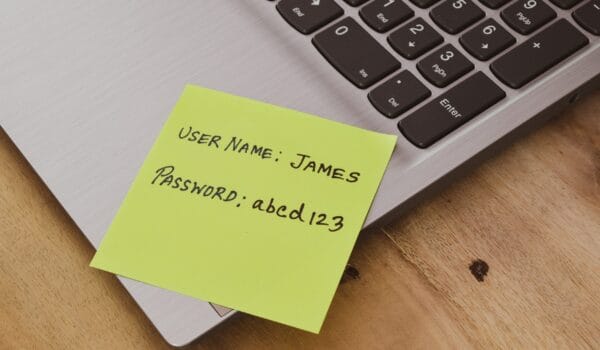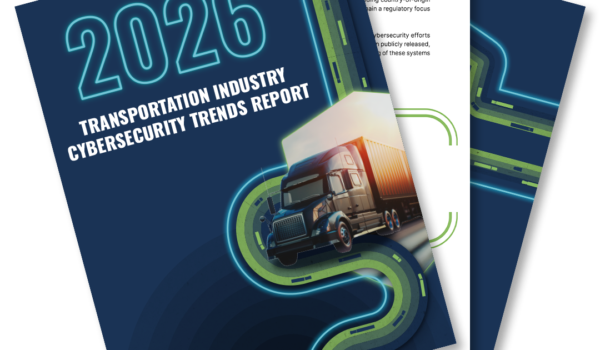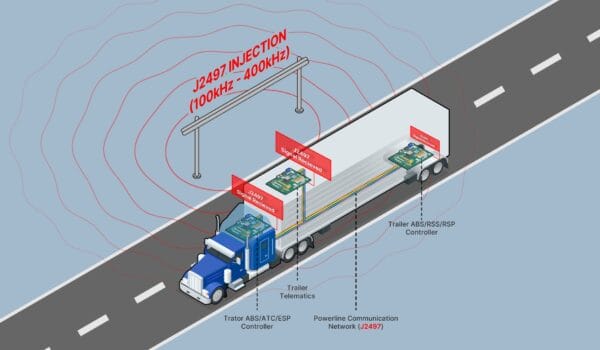In the world of less-than-truckload (LTL) shipping, few documents carry as much weight—literally and legally—as the Bill of Lading (BOL). Whether you’re a shipper, carrier, or third-party logistics provider (3PL), understanding the BOL is essential to protecting your freight, your finances, and your reputation.
What is a Bill of Lading?
- Receipt for Goods – Confirms what was tendered to the carrier.
- Evidence of Contract of Carriage – Outlines the terms of the shipment.
- Document of Title – In some cases, it represents ownership of the goods.
A BOL is more than an address label. It is a contract between the parties involved and is legally required for interstate shipments. The contract includes the shipper/consignee, origin, destination, commodity description(s), National Motor Freight Classification (NMFC®) item/class, piece count, extreme dimensions, weight, and packaging. It should also include any HAZMAT information, special handling instructions or accessorial information if necessary.
Who issues and relies on the BOL?
- Shipper: Creates or authorizes the BOL and warrants the accuracy of the commodity description, weight, piece count, and NMFC.
- Carrier: Accepts the BOL and becomes liable under Carmack for interstate moves. Must deliver to the named consignee.
- Consignee: Signs the delivery receipt, which can affect claims depending on whether it’s “clean” or notes exceptions.
- 3PL/Broker: May prepare the BOL on behalf of the shipper and ensure data consistency across systems.
The BOL is issued by the shipper, or a 3PL/broker on behalf of the shipper. Everyone relies on the BOL to be an accurate document. The carrier accepts the BOL and becomes liable for the information it contains under Carmack for interstate moves. The consignee also relies on an accurate BOL when they receive and sign for the freight.
Liability and Claims: The Carmack Connection
Under 49 U.S.C. §14706, carriers are liable for loss, damage, or delay—even if a BOL wasn’t issued. However, the BOL helps define the scope of that liability.
Most LTL carriers incorporate Uniform Straight BOL terms, which outline exceptions (e.g., Acts of God) and embed shipper warranties. If a shipper misstates weight, class, or count, it can shift the outcome of a dispute or claim.
Why Accuracy Matters
- Misclassified freight can trigger reweighs, reclasses, and post-audit bills.
- Missing accessorials (e.g., liftgate, residential delivery) can delay service and inflate costs.
- Incorrect descriptions or counts can complicate claims and liability.
Correctly completing a BOL can be confusing and may lead to errors, triggering further investigation and possible billing disputes. If it is filled out incorrectly, or incompletely, things can go wrong right from the beginning, and it may not be until the carrier attempts delivery that the errors or omissions such as incorrect piece count or the need for a lift-gate are discovered.
Can the current Bill of Lading process be improved?
To reduce the issues associated with incorrect or incomplete BOLs, the Digital Standards Development Council (DSDC)™ has built and introduced the eBOL API Standard. When filled out, it populates the same fields, digitally and synchronously across parties. While the eBOL seeks to simplify the process, it is still important to ensure all fields are completed correctly, and that those involved in each step of the process are on the lookout for errors so they may be corrected as early as possible.
Conclusion: Treat the BOL Like a Contract, Not a Checklist
The BOL is more than paperwork—it’s the legal and operational backbone of your shipment. Get the details right, incorporate the correct terms, and adopt the eBOL to streamline your operations. You’ll reduce disputes, speed up billing, and improve service outcomes across the board.
Need assistance understanding your freight? NMFTA has an Interpretations team that will provide an opinion as to the applicable NMFC item number and description of the commodity in question. Learn more: www.nmfta.org/nmfc/classification.
*Victor Mata, classification interpreter for NMFTA, contributed to this blog.






